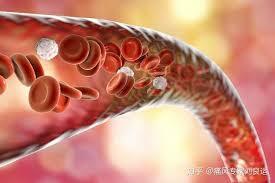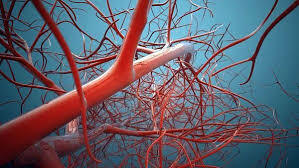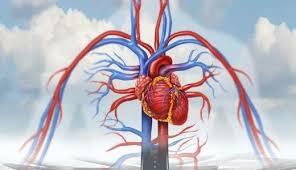糖尿血管病 | Diabetic Angiopathy
糖尿血管病
糖尿病慢性高血糖的後遺症分為微血管併發症和大血管併發症。微血管疾病導致失明、腎功能衰竭和神經病變,糖尿病加速的大血管疾病導致心肌梗死、中風和下肢截肢的風險過高。慢性高血糖與血管損傷之間的聯系已由四個獨立的生化异常建立:多元醇途徑流量新增、晚期糖基化終產物(AGEs)形成新增、蛋白激酶C(PKC)啟動和己糖胺途徑流量新增。這些看似不相關的途徑有一個潜在的共同點:線粒體電子傳遞鏈產生過多的超氧物。線粒體活性氧(ROS)部分抑制糖酵解酶甘油醛-3-磷酸脫氫酶,將新增的底物流量從糖酵解轉移到葡萄糖過度利用途徑。初步的體內實驗證據表明,這一新範式為研究和藥物開發提供了新的基礎。
Microvascular disease causes blindness, renal failure, and neuropathy, and diabetes-accelerated macrovascular disease causes excessive risk for myocardial infarction, stroke, and lower limb amputation. The link between chronic hyperglycemia and vascular damage has been established by four independent biochemical abnormalities: increased polyol pathway flux, increased formation of advanced glycation end-products (AGEs), activation of protein kinase C (PKC), and increased hexosamine pathway flux. These seemingly unrelated pathways have an underlying common denominator: overproduction of superoxide by the mitochondrial electron transport chain. Mitochondrial reactive oxygen species (ROS) partially inhibit the glycolytic enzymes glyceraldehyde-3-phosphate dehydrogenase, which diverts increased substrate flux from glycolysis to pathways of glucose overutilization. Preliminary experimental evidence in vivo suggests that this new paradigm provides a novel basis for research and drug development.






